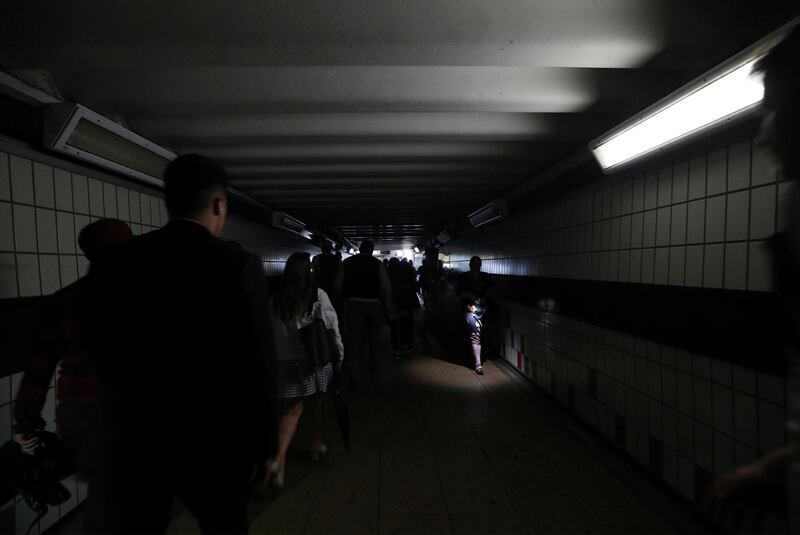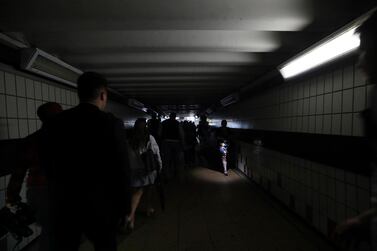A blackout in Britain which cut power to one million customers and caused transport chaos on August 9 was due to a lightning strike, the grid operator said in a report to regulator Ofgem, which said on Tuesday it would investigate the matter further.
Ofgem commissioned the report into the causes of the outages from National Grid and said it would open its own investigation to establish whether any of the grid and network operators or generators breached their licence conditions.
"Having now received National Grid's interim report, we believe there are still areas where we need to use our statutory powers to investigate these outages," said Jonathan Brearley, Ofgem's executive director of systems and networks.
"This will ensure the industry learns the relevant lessons and to clearly establish whether any firm breached their obligations to deliver secure power supplies to consumers."
Ofgem's powers under the Electricity Act, which it will use to conduct the investigation, allow it to impose penalties up to a maximum of 10 per cent of the regulated companies' UK turnover.
National Grid reported annual revenue, or turnover, of £14.9 billion (Dh66.17bn) for the year to March 31, 2019.
An hour-long blackout on the evening of August 9 cut off one million electricity customers, including homes, businesses, one hospital and Newcastle Airport and caused disruption on the rail network. National Grid said the power cuts were the result of an unusual issue that led to the almost simultaneous loss of output from two generators - Orsted's Hornsea off-shore wind farm and RWE's Little Barford gas-fired plant.
There were many lightning strikes that hit the electricity grid that day, but only one had a significant impact – on a transmission line at 16.52 local time, which returned to normal operation after about 20 seconds, the grid's report said. Around 500 megawatts of generation capacity was also disconnected – all of which is normal for such events.
However, immediately after the lightning strike and within seconds of each other, Hornsea and Little Barford reduced supply to the grid, disconnecting 1,378 megawatts of generation.
"As generation would not be expected to trip off or de-load in response to a lightning strike, this appears to represent an extremely rare and unexpected event," National Grid said.
"This unexpected loss of generation meant that the frequency fell very quickly and went outside the normal range of 50.5Hz-49.5Hz," it added.
Back-up power and other tools were used but the size of the generation loss meant the frequency fell to 48.8Hz, which is a level at which secondary back-up systems were required to disconnect some demand to ensure the safety of the network.
This, along with additional generation, returned the system to normal by 17.06 and network operators started to returned supply to customers by 17.37, the report said.
National Grid said it will deliver its final report to Ofgem by September 6, in which it will examine the exact failure mechanisms at Little Barford and Hornsea, as well as demand side impacts and communication processes.
Separately, an emergency committee will also investigate the incident, the government said last week.







